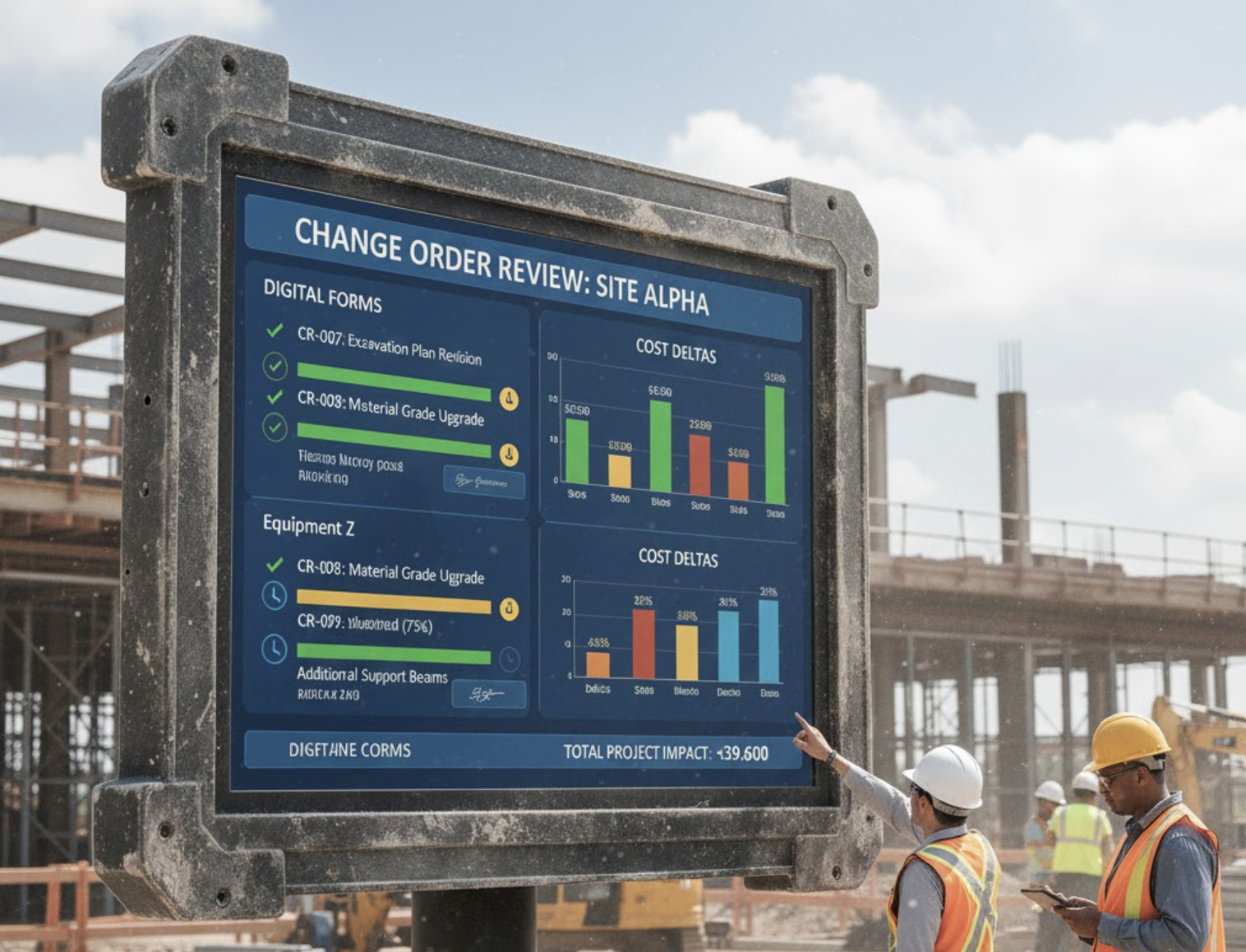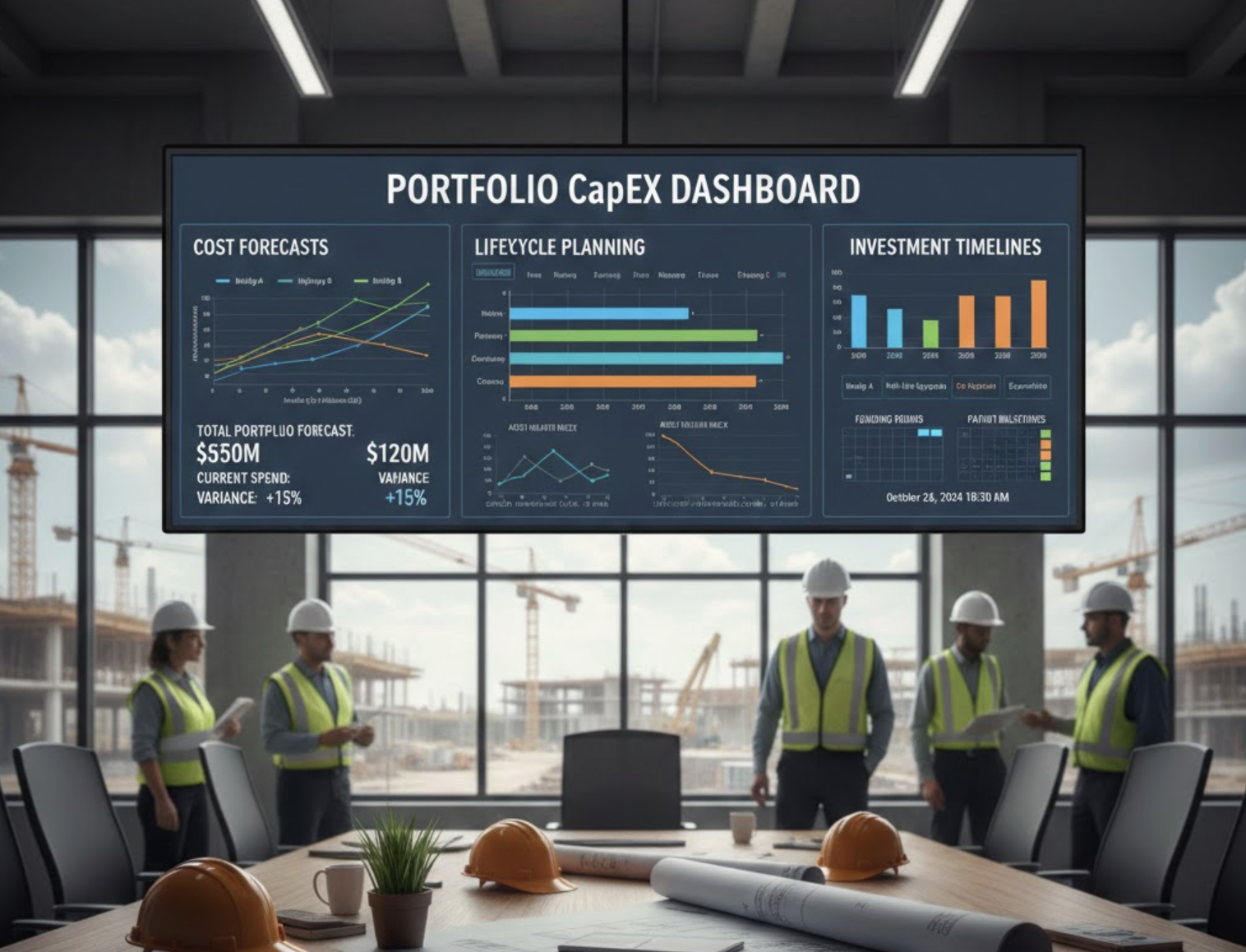The True Cost of Poor Version Control in Mega Projects
Version control is a crucial component of effective construction project management. In mega projects where the scale and complexity are magnified, it becomes pivotal for teams to manage changes to documents, plans, and files systematically. This ensures that all stakeholders are working with the most current information. Poor version control can lead to disastrous outcomes, including confusion, increased risks, and cost overruns.
Understanding Version Control in Construction
Version control not only tracks changes but also plays a critical role in preserving project integrity. With the multitude of documents generated in large construction projects, robust version control minimizes the potential for confusion among diverse stakeholders. It helps in maintaining a clear path of accountability and transparency. A central repository of documents can significantly reduce the risks associated with using outdated or incorrect information.
Direct Costs of Poor Version Control
The implications of inadequate version control manifest through several direct financial impacts. Chief amongst these are:
- Cost Overruns & Rework: Utilizing outdated documentation often results in unnecessary rework. Teams may find themselves duplicating efforts to correct mistakes attributable to poor communication, thus inflating labor and material costs.
- Resource Inefficiencies: When teams operate from different document versions, the ensuing misallocation of resources leads to waste in manpower and materials. Projects can quickly find themselves exceeding budgets due to inefficiencies.
- Extended Timelines: Delays become a common occurrence when miscommunications and erroneous information lead to stalled progress. Poor version control can inflate project timelines, thus eroding overall efficiency.
Indirect Costs and Risks
Beyond immediate financial repercussions, poor version control can result in several indirect costs that affect team dynamics and project outcomes:
- Communication Breakdowns: A lack of alignment around file versions can create a web of misunderstandings, prolonging decision-making processes and leading to conflicts among team members.
- Quality Issues & Legal Risks: Old plans can foster construction errors that compromise quality. The resultant defects can ignite disputes with clients or contractors, raising potential legal liabilities.
- Risk Amplification: The absence of reliable version tracking increases vulnerability to unforeseen changes, such as design revisions, which complicate risk management strategies and escalate the likelihood of project setbacks.
Quantifying the Impact
Research indicates that the manpower required to redo work due to poor version control can be **6 to 48 times** more than projects that leverage effective version control practices. This significant labor cost boost ought to serve as an eye-opener for construction managers, emphasizing the need for robust document management solutions.
Best Practices for Effective Version Control
To ensure that version control systems are maximally effective, consider these best practices:
- Atomic & Purposeful Commits: Ensure that each change is tracked for a single purpose and implemented as a cohesive whole to uphold consistency.
- Clear Commit Messages: Descriptive updates for every change lend clarity and support after-action reviews that provide vital insights post-implementation.
- Avoid Broken Builds: Only share validated document changes to prevent propagating errors through the project team.
- Frequent Updates: Regular synchronization among team members helps mitigate version drift and reduces conflicts when merging updates.
- Access Controls: By restricting editing permissions, you capably safeguard the integrity of documents and ensure only authorized personnel can modify content.
Use Cases and Emerging Innovations
In the context of mega infrastructure undertakings, the consequences of poor version control are exacerbated. Projects in transportation or energy sectors realize heightened losses from merely one outdated blueprint that could misalign countless workflows. To combat these challenges, innovations like Digital Twins and Building Information Modeling (BIM) integrate version control to bolster traceability and minimize errors across collaborative platforms. Cloud-based collaboration solutions provide an immediate single-source reference for remote teams, which fosters a more coherent working environment and ensures timely updates.
How Zepth Solves Version Control Challenges
Zepth offers an array of tools designed to tackle version control challenges head-on, promoting efficiency and clarity in project management:
- Centralized Document Management: Zepth’s platform acts as a single repository for all project-related documents. It guarantees access to the latest versions while allowing teams to trace changes effortlessly, reducing confusion and delays.
- Automated Version Tracking: Each document change within Zepth is automatically logged and managed, empowering project managers to audit workflows and roll back changes should issues arise.
- Role-Based Access: The platform’s granular permissions enable teams to maintain control over who can access and modify documents, mitigating risks of unauthorized edits.
- Collaborative Communication: Integrated messaging systems coupled with update notifications ensure alignment among all project stakeholders, from on-site teams to external consultants.
- Risk Mitigation Tools: With comprehensive version histories and audit trails, Zepth significantly streamlines risk management, especially in rigorous regulatory environments.
Conclusion
By transitioning to best-in-class project management solutions such as Zepth, teams engaged in mega projects can substantially mitigate the financial and operational risks affiliated with poor version control. This results in smoother project delivery and heightened satisfaction among stakeholders. To unlock the full potential of your project management strategy, explore our centralized document management and risk management features today.




